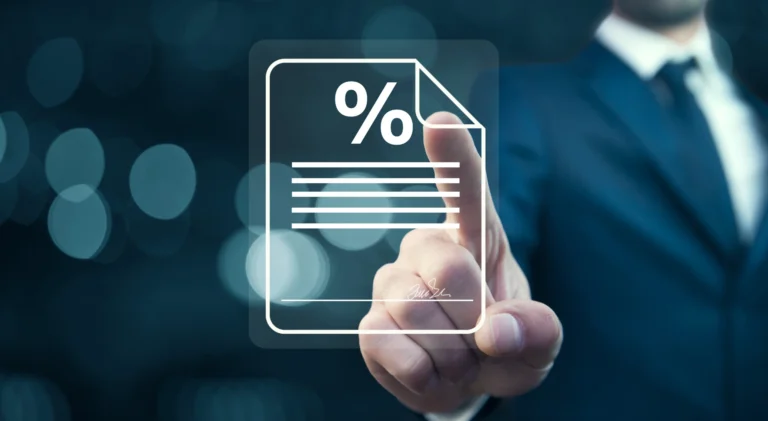How to measure the effectiveness of a loyalty program?

A loyalty program can be one of the most effective marketing tools – as long as its effects are systematically measured. Simply implementing a points or benefits system is not enough if you don’t analyze whether the program really increases the number of returns, cart value or customer retention.
In this article, you will learn about key indicators of loyalty program effectiveness, tools for analyzing them, and how to interpret the data to help you increase engagement and revenue.
Why measure the effectiveness of a loyalty program?
Without data analysis, you are operating blindly. Regular monitoring of results allows you to:
- understand what is working and what needs to be optimized,
- increase customer loyalty and value (CLV),
- better plan marketing and promotional activities,
- maximize the ROI (return on investment) of the loyalty program.
Key indicators of the effectiveness of loyalty programs
1. CLV – Customer Lifetime Value
CLV determines how much revenue a customer brings in over the life of the relationship with your brand.
Basic formula:
CLV = average purchase value × number of transactions per year × relationship time (in years)
Tip: In more advanced analyses, it is worth considering:
- profit margin,
- customer acquisition costs (CAC),
- time value of money (discounting future revenues).
The higher the CLV, the more it pays to invest in customer retention.
2. RFM – Recency, Frequency, Monetary
This is classic behavioral analysis:
- Recency – when was the last time the customer bought?
- Frequency – how often does he return?
- Monetary – how much does he spend?
RFM allows you to segment your customer base and effectively target them with loyalty campaigns – such as personalized offers or benefit reminders.
3.Customer retention rate
This is one of the most important KPIs in loyalty. It shows how many customers return to your company after their first purchase.
Formula:
Retention (%) = [(customers at end of period – new customers) / customers at beginning of period] × 100
A declining retention rate could mean that the program’s benefits are too weak or communication with the customer – too infrequent.
4. Loyalty program activation rate
It shows how many customers are joining the program relative to the number of people who have had the opportunity to do so. A low ratio can mean that:
- program is not visible enough,
- the attachment process is too complicated.
Digital solutions without apps – like Loymee – allow customers to add a loyalty card to Wallet with a single click.
5. Frequency of benefit use
If customers rarely receive rewards, it’s a sign:
- they are unattractive,
- it takes too long to get them,
- the point system is unreadable.
A good loyalty program should encourage interaction and receipt of benefits – this increases customer satisfaction and engagement.
6. NPS – Net Promoter Score
NPS (Net Promoter Score) is one of the most important indicators of customer loyalty. It measures a customer’s willingness to recommend your brand to others.
How does it work?
The customer answers the question:
“How likely are you to recommend our company to a friend?”
Rating: from 0 to 10.
- Promoters (9-10) – loyal and committed customers,
- Passives (7-8) – satisfied but unenthusiastic,
- Critics (0-6) – dissatisfied, can damage reputation.
Formula for NPS:
NPS = % Promoters – % Critics
NPS allows to measure emotional loyalty of the customer and quickly detect problems in the quality of service, offer or communication.
Tools for analyzing loyalty data
A good loyalty program should give you easy access to data. Here are the tools you should use:
- Google Analytics 4 – analyzes user behavior (e.g., clicks on loyalty program links),
- CRM with a loyalty module – e.g., HubSpot, Zoho, Pipedrive – allow you to monitor CLV, retention, customer activity,
- Loymee – a modern loyalty platform without an app, with a clear panel and ready reports on the number of visits, rewards receipt or customer loyalty.
How to interpret data and optimize a loyalty program?
Data is just the beginning. The most important thing is the conclusions you draw from it:
- If CLV is growing – expand the program and focus on retention.
- If retention is declining – test other rewards or simplify the process of collecting points.
- If NPS is low – gather feedback and improve service or offer.
- If few people activate cards – ensure better communication and simplicity.
- If rewards are rarely used – shorten the time to earn them or change them to more attractive ones.
Measuring loyalty is key to growth
Without data, there is no effective loyalty strategy. Regular monitoring of metrics such as CLV, RFM, retention, NPS or program activity allows you to make smart business decisions.
A well-designed and data-driven loyalty program:
- increases repeat purchases,
- builds a long-term relationship with the customer,
- increases customer value to the company.


